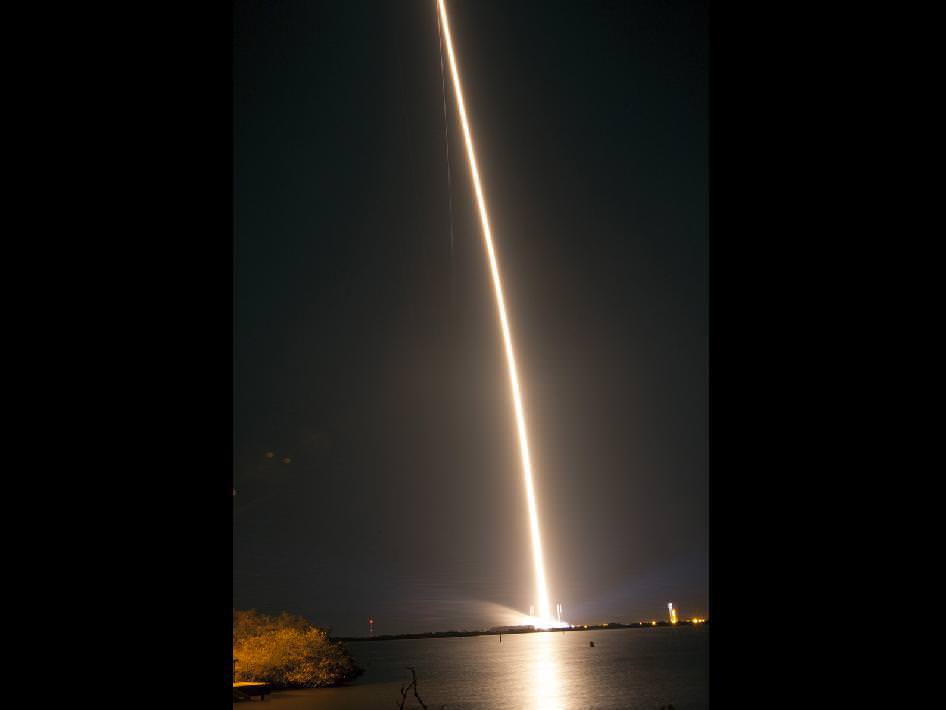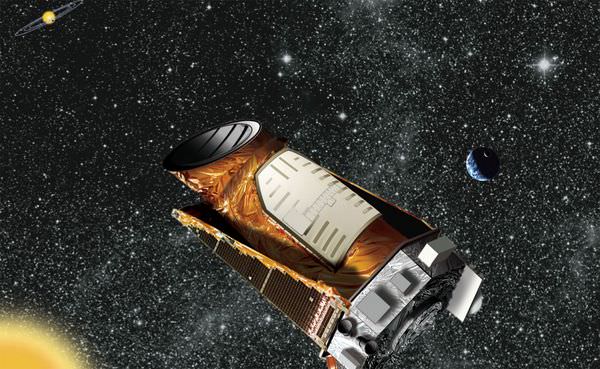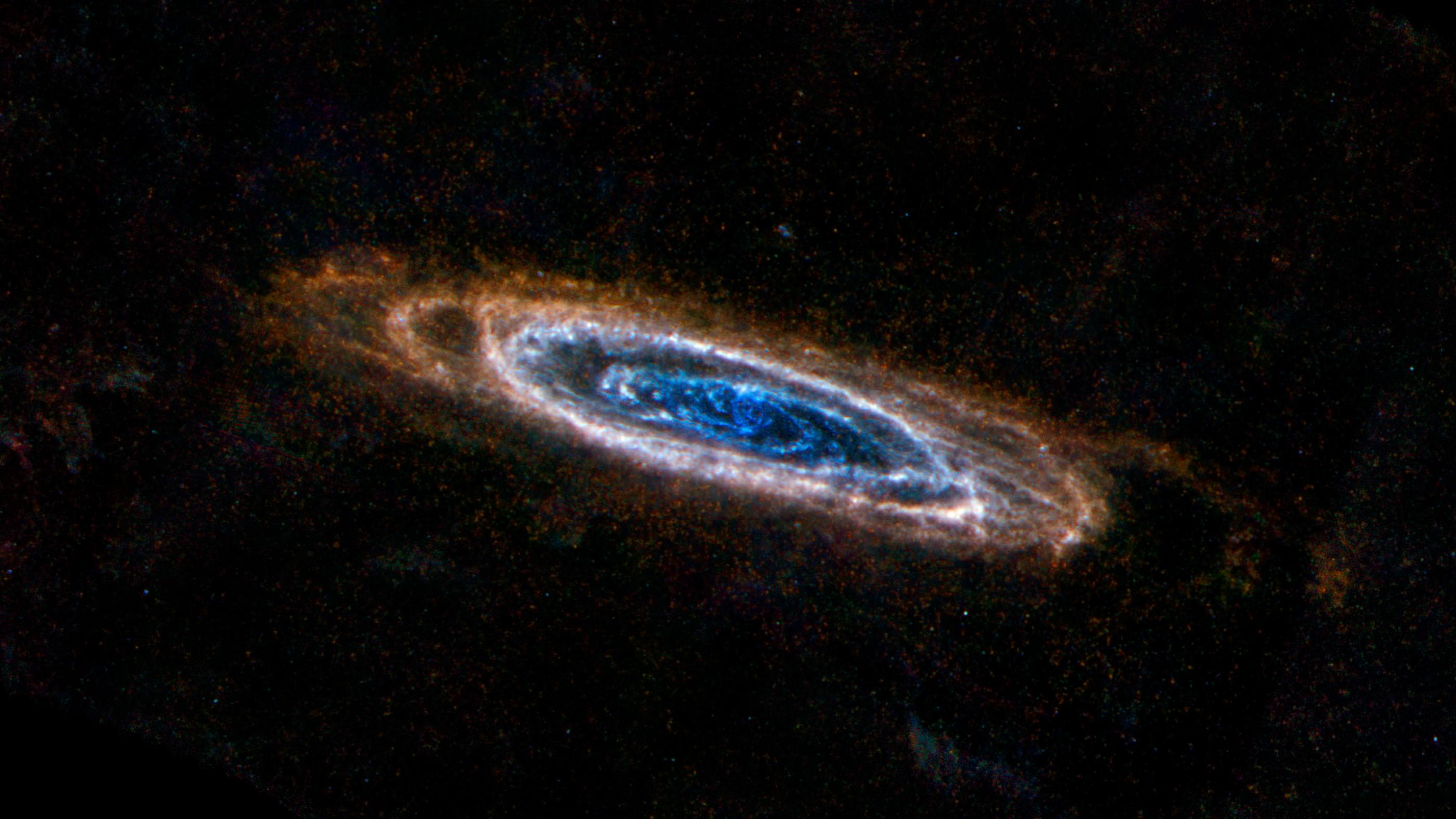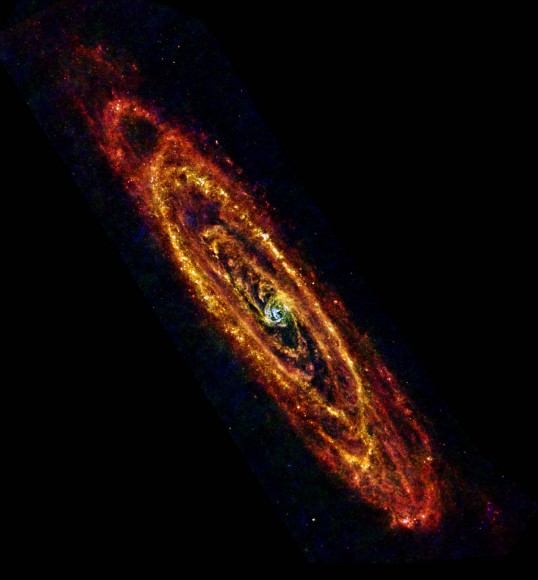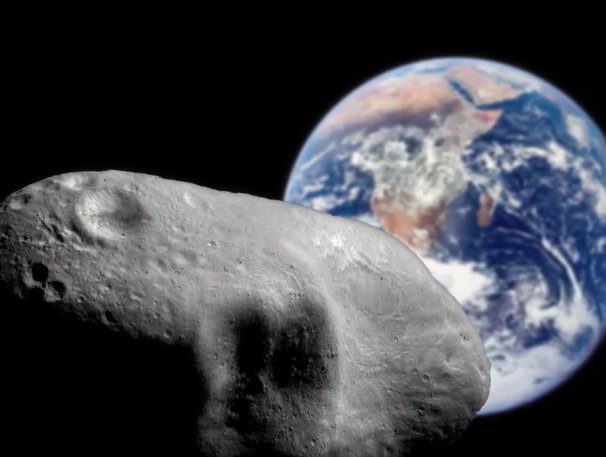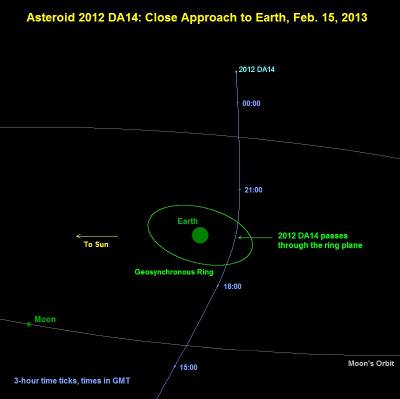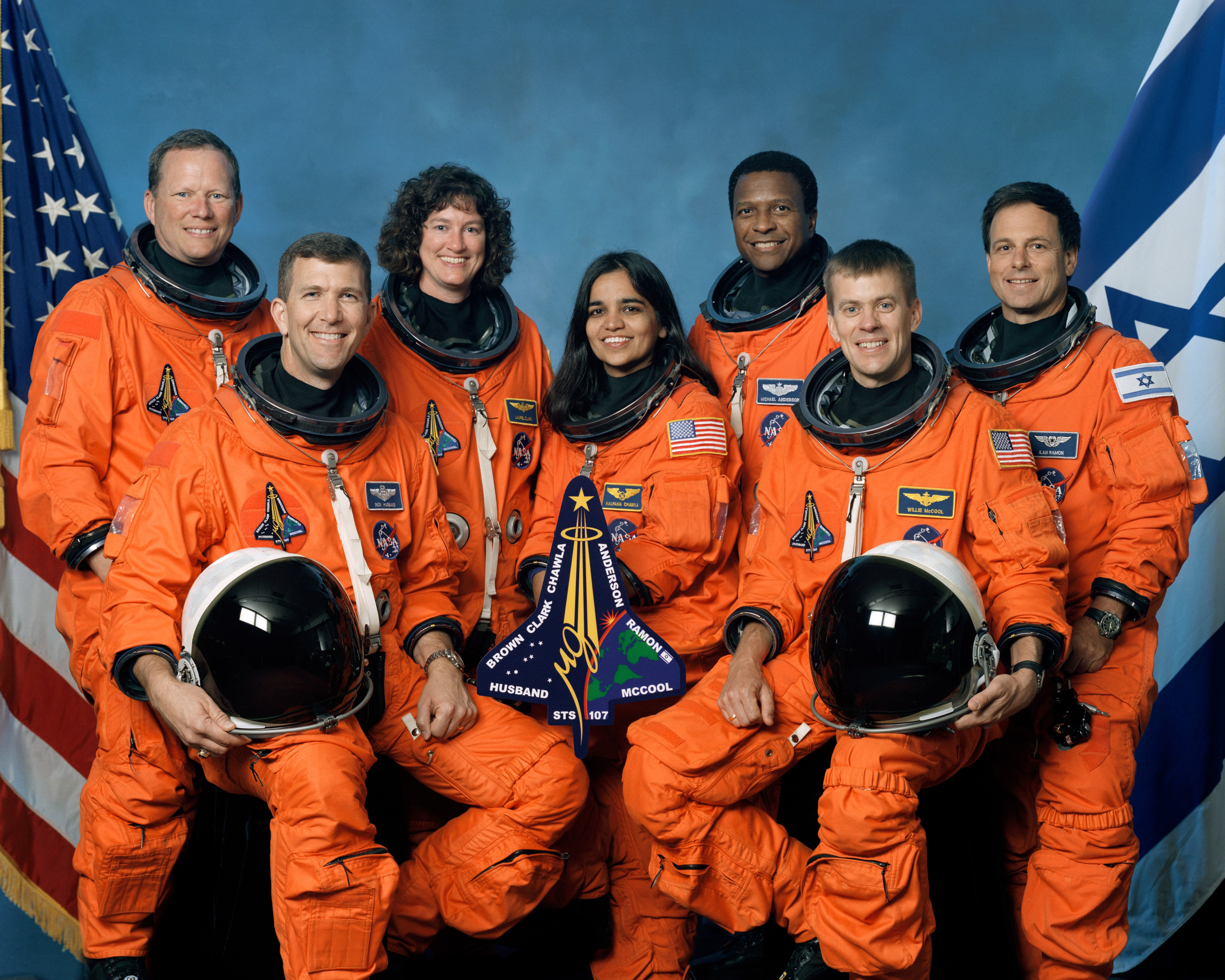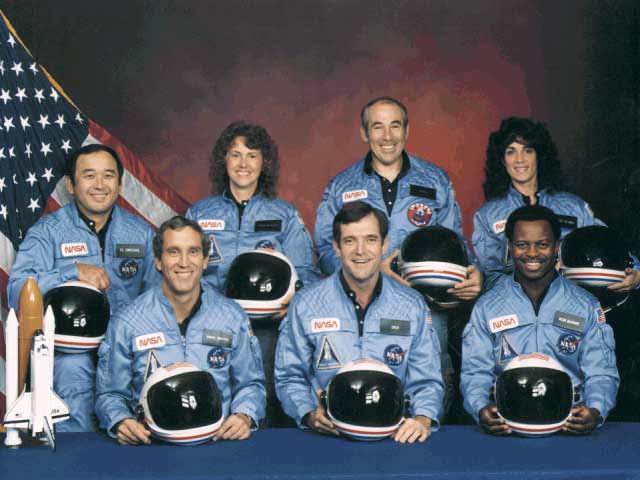NASA’s Tracking and Data Relay Satellite System will get an upgrade as the first of a new generation of communications satellites was launched to orbit on Wednesday, January 30 at 8:48 p.m. EST from Cape Canaveral. See the launch video and more images of the launch, below.
The TDRS system provides a critical communications link to Earth for the International Space Station, the Hubble Space Telescope and many satellites.
“TDRS-K bolsters our network of satellites that provides essential communications to support space exploration,” said Badri Younes, deputy associate administrator for Space Communications and Navigation at NASA. “It will improve the overall health and longevity of our system.”
The TDRS system provides tracking, telemetry, command and high-bandwidth data return services for numerous science and human exploration missions orbiting Earth. These include the International Space Station and NASA’s Hubble Space Telescope.
“With this launch, NASA has begun the replenishment of our aging space network,” said Jeffrey Gramling, TDRS project manager. “This addition to our current fleet of seven will provide even greater capabilities to a network that has become key to enabling many of NASA’s scientific discoveries.”
TDRS-K was launched on a United Launch Alliance Atlas V rocket from Space Launch Complex-41. After a three-month test phase, NASA will accept the spacecraft for additional evaluation before putting the satellite into service.
The TDRS-K spacecraft includes several modifications from older satellites in the TDRS system, including redesigned telecommunications payload electronics and a high-performance solar panel designed for more spacecraft power to meet growing S-band requirements. Another significant design change, the return to ground-based processing of data, will allow the system to service more customers with evolving communication requirements.
The next TDRS spacecraft, TDRS-L, is scheduled for launch in 2014. TDRS-M’s manufacturing process will be completed in 2015.
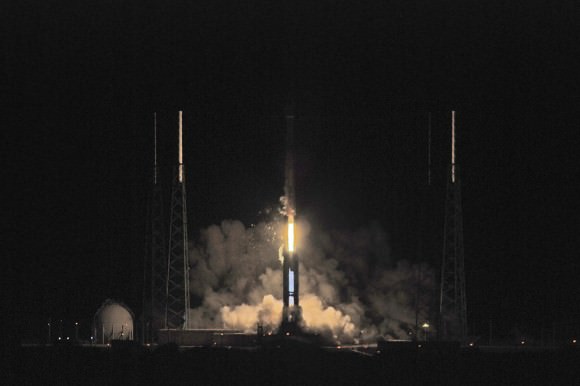
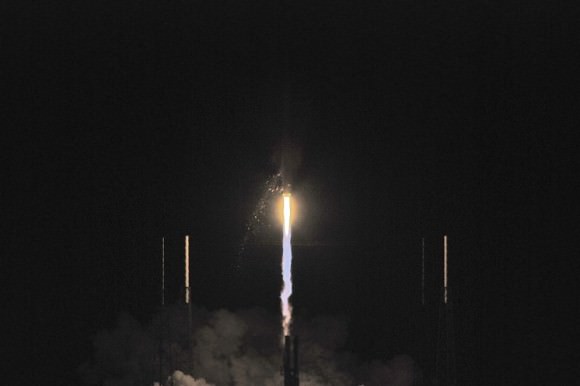 Tower Clear! T
Tower Clear! T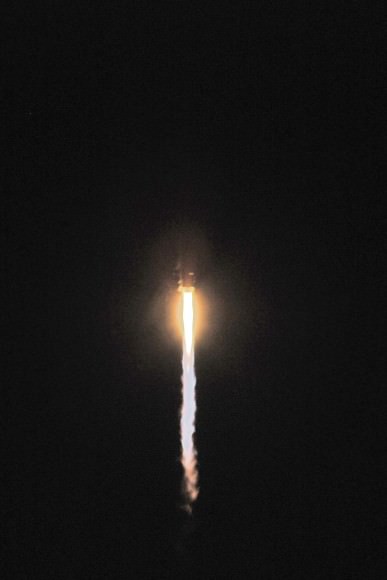
See more images and details of the launch at the nasatech website.
Sources: nasatech, NASA

